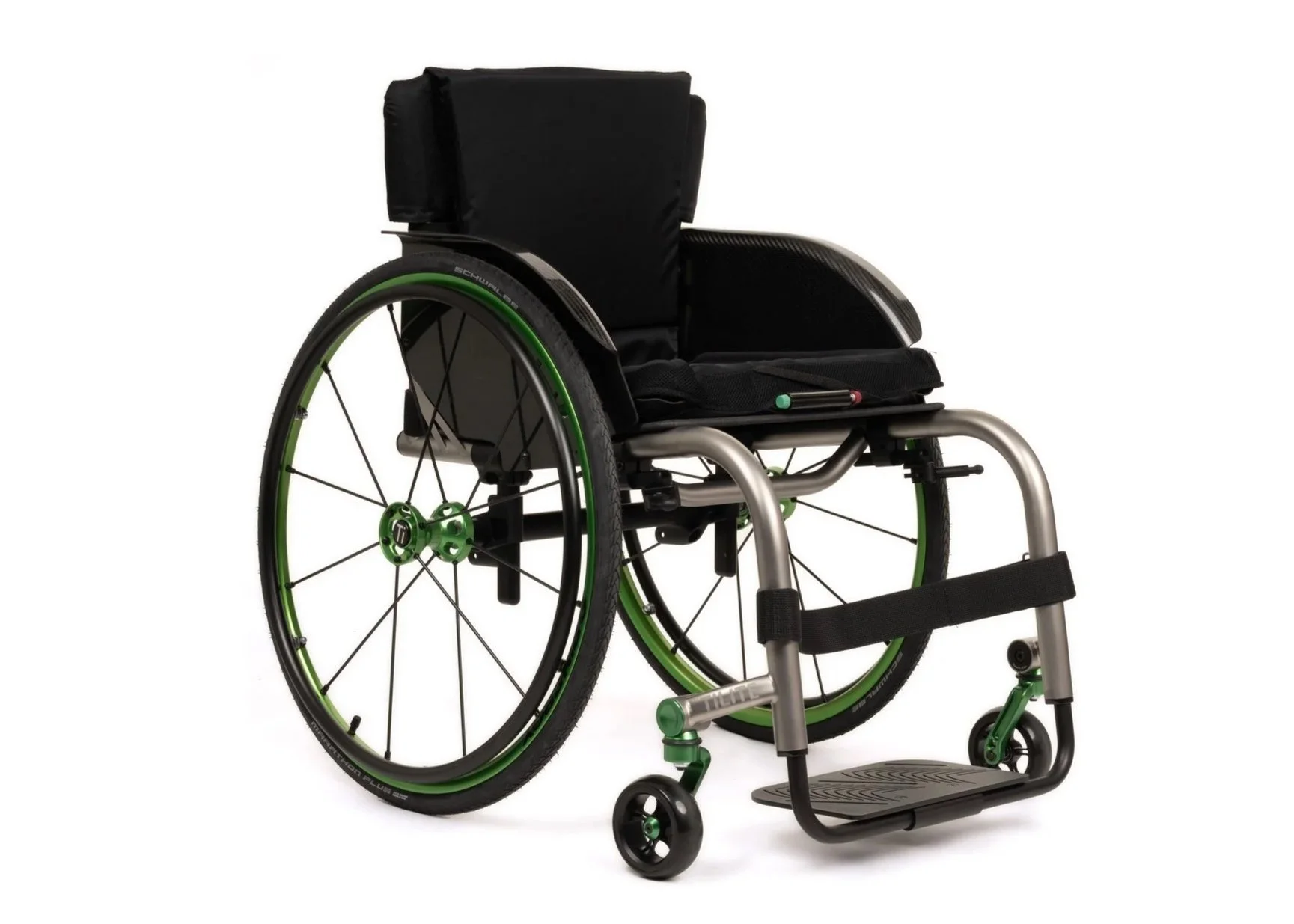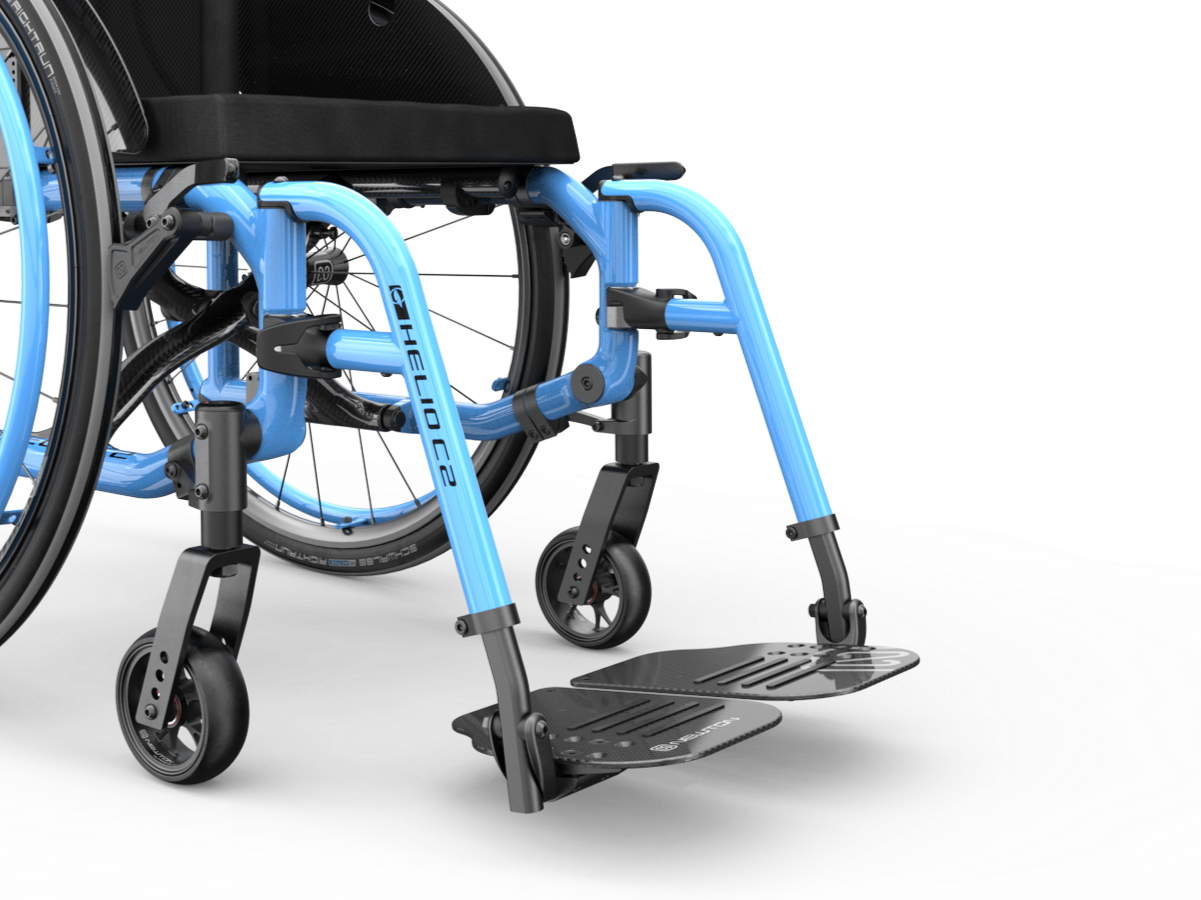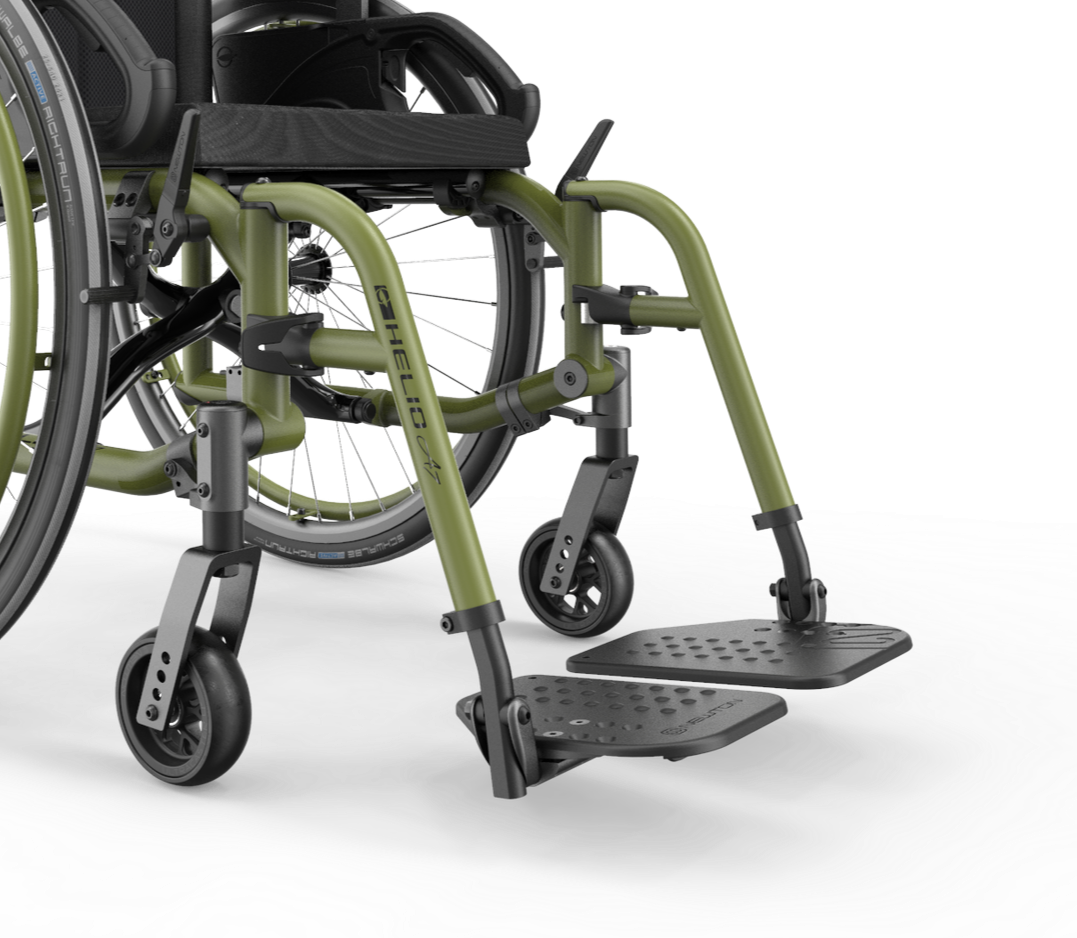Wheelchair Fitting Guide
Did you know that 80-90% of wheelchair users are in a chair that does not properly fit their body?
This usually happens for three reasons:
The provider does not know how to properly fit a wheelchair.
A user’s body changes over time.
New users get overwhelmed learning to manage limited mobility.
At Bike-On, we don’t sell everyday chairs in high volume since we are not an insurance provider, but knowing the right measurements is critical when helping a customer order a chair.
Types of Everyday Wheelchairs
Transport Chairs
Smaller wheels, not self-propelled.
Designed for short distances and to be pushed by a support person.
Rigid Chairs
Bike-On’s most popular option.
When fitted correctly, they provide the best combination of comfort, low weight, push efficiency, and durability.
Folding Chairs
Ideal for frequent travelers or those with limited space.
Tend to be heavier with more moving parts.
Hybrid Options
Some chairs cleverly combine rigid and folding features.
One of our favorites is the RGK FX: available in Tiga (aluminum) or Octane FX (ultralight titanium).
Its front frame and seat fold small enough to fit in a bag and be carried on a plane.
Basic Measurements for the Perfect Fit
Most wheelchair users aim for the 90-90-90 rule:
Hips at 90 degrees
Knees at 90 degrees
Ankles at 90 degrees
The user’s bum should be fully back in the seat, making contact with the backrest.
Thighs should be parallel to the ground, and knees aligned with hips.
Key Measurements
1) Seat Width
Wide enough for the hips but not so wide that reaching the wheels is difficult.
Avoid sides pressing on hips to prevent pressure wounds.
Rule of thumb: add 1 inch to each side of hip width.
2) Seat Depth
Leave about 2 inches between the back of the knee and the seat edge to prevent circulation issues.
3) Seat Height & Seat Dump
Foot users should reach the floor with their heels; those using footrests will need a higher seat.
Seat dump (seat slope) is the difference between front and rear seat-to-floor height.
Less trunk control generally requires more dump.
4) Backrest Height
Users needing extra support may prefer a full-length backrest with a headrest.
Standard backs are usually upholstered sling style but can be upgraded to curved or carbon fiber options.
Tilite with upholstered padded seatback.
Motion Composites chair with NXT seat back.
5) Footrest Length & Style
Legs should not dangle or be raised too high, which can tilt the pelvis.
Styles include fixed, adjustable, folding, or removable swing-away footrests.
6) Armrest Height
Ensure a comfortable position without drooping.
Some active users may skip armrests; others need them for support.
Options include tubular swing-away, height-adjustable desk style, or flip-back.
7) Weight Limit
Always ask for the user’s weight.
Different chair styles have weight limits, and exceeding them can be dangerous.
Pro Tip
If it is not your first chair, check your previous chair’s dimensions with the vendor as they usually still have them. This makes fitting your new chair much easier and lets you tweak existing specs instead of starting from scratch.
Resources for Chair Specifications:
Tilite: Tilite Serial Lookup
Quickie / RGK: Sunrise Medical Lookup
For other brands, use the serial number to contact the company for original specs.












